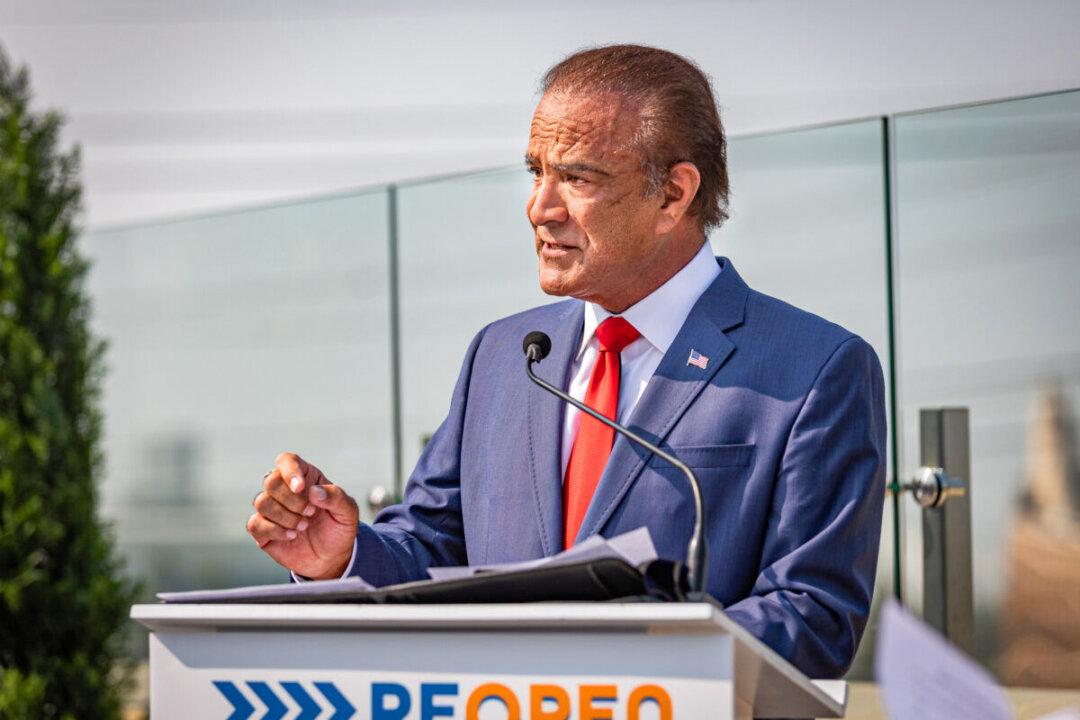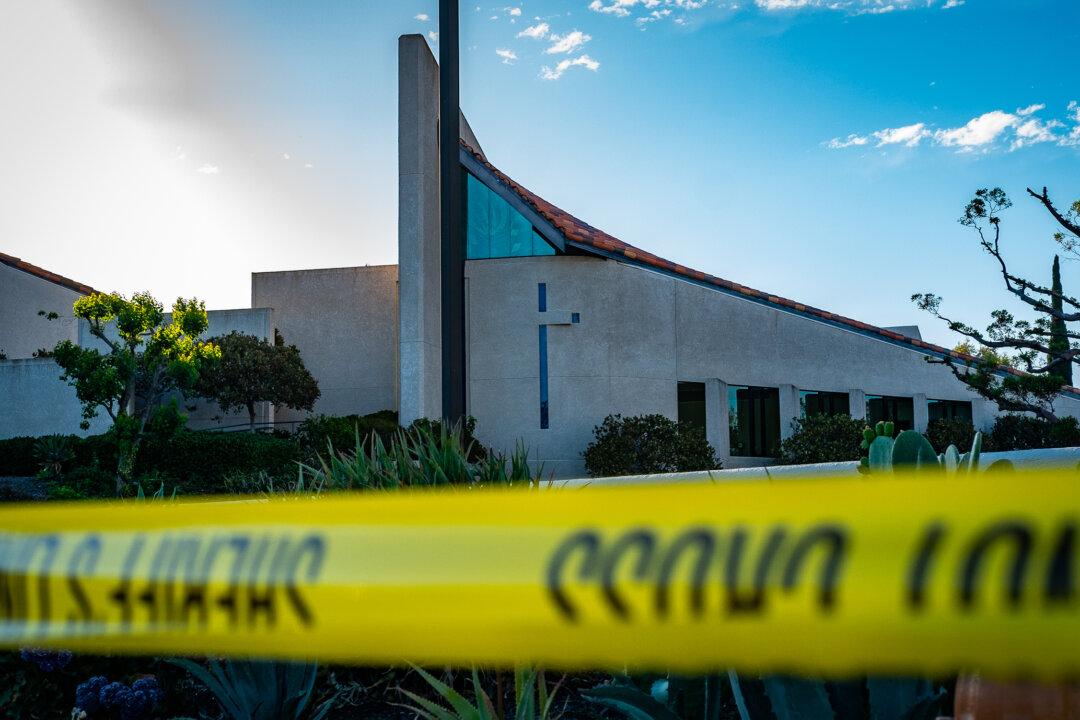San Francisco officials’ leniency on drugs is creating lawlessness in the streets, according to a drug addict’s mother who has been imploring policymakers to enforce stricter laws that criminalize drug use and sales in the city.
“[Police] are on the streets and they’re not arresting anybody and the dealers are selling right in front of them,” Jacqui Berlinn said in an interview with EpochTV’s “California Insider” show.



